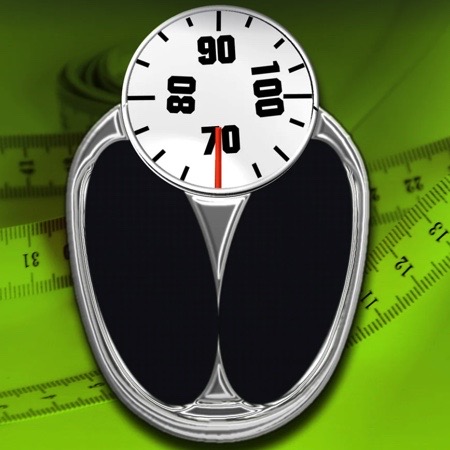Treatment pathways in patients with heart failure with preserved ejection fraction and obesity: perspectives from cardiology specialists and patients

All claims expressed in this article are solely those of the authors and do not necessarily represent those of their affiliated organizations, or those of the publisher, the editors and the reviewers. Any product that may be evaluated in this article or claim that may be made by its manufacturer is not guaranteed or endorsed by the publisher.
Similar Articles
- Rachel Anne Xuereb, Sara Xuereb, Kentaro Yamagata, Robert George Xuereb, Anomalous origin of right coronary artery from the pulmonary artery: an incidental finding on cardiac computed tomography in a patient presenting with dyspnea , Global Cardiology: Vol. 2 No. 1 (2024)
- Muhammad Ahmed, Fatima Muskan, Mohsin Zaheer, Manesh Kumar, Sawera Gul, Abdul Hadi Ansari, Muhammad Sameer Jamal, Muhammad Sohaib Asghar, M. Chadi Alraies, Shiny Teja Kolli, Praveen Kumar Komminni, Priya Hotwani, Vishal Reddy Bejugam, Safety and efficacy of left atrial appendage closure in cancer versus non-cancer patients: a systematic review and meta-analysis , Global Cardiology: Vol. 3 No. 2 (2025)
- Anders Larsson, Bertil Wegmann, Toralph Ruge, Joakim Alfredsson, Carl Johan Östgren, Tomas Lindahl, Elevated endostatin is associated with hypertension treatment, elevated high sensitivity C-reactive protein, increased waist-hip ratio, and attenuated kidney function, but not with age, in a middle-aged population , Global Cardiology: Vol. 3 No. 1 (2025)
- Writing Task Force | iCARDIO-Alliance, Draft Document for Public Consultation: iCARDIO Alliance Global Implementation Guidelines on Obesity Management 2025 , Global Cardiology: New papers
- Marc Atzenhoefer, Elizabeth Dille, Rebecca Steinke, Nicole Weigert, Keri Sabel, Kirsten Rasmussen, Bridging the gap between study outcomes and real-world results. Algorithm-driven management in a rural cardioMEMS population , Global Cardiology: Vol. 3 No. 1 (2025)
- Giuseppe M.C. Rosano, Andrew J.S. Coats, Modulation of cardiac metabolism in heart failure , Global Cardiology: Vol. 2 No. 3 (2024)
- Giuseppe M.C. Rosano, Clinical trial design, endpoints and regulatory considerations in heart failure , Global Cardiology: Vol. 2 No. 1 (2024)
- Muhammad Shariq Usman, Arsalan Hamid, Shurjeel Uddin Qazi, Mikhail N. Kosiborod, Deepak L. Bhatt, Muhammad Shahzeb Khan, Muthiah Vaduganathan, Javed Butler, The effect of SGLT2 inhibitors on health status in patients with heart failure: a systematic review and meta-analysis , Global Cardiology: Vol. 2 No. 2 (2024)
- Cecilia Salzillo, Lorenzo Giovannico, Giuseppe Fischetti, Gerardo Cazzato, Mario Magistro, Grazia Nucci, Gabriella Serio, Andrea Marzullo, Preliminary study on the immunohistochemical expression of galectin-3 in hypertrophic hearts , Global Cardiology: Vol. 2 No. 2 (2024)
- Tariq Jamal Siddiqi, Javed Butler, Andrew J.S. Coats, Subodh Verma, Tim Friede, Gerasimos Filippatos, Stefan D. Anker, SGLT2 inhibitors and risk reduction for mortality in high-risk patients: a meta-analysis of randomized controlled trials , Global Cardiology: Vol. 1 No. 1 (2023)
You may also start an advanced similarity search for this article.









